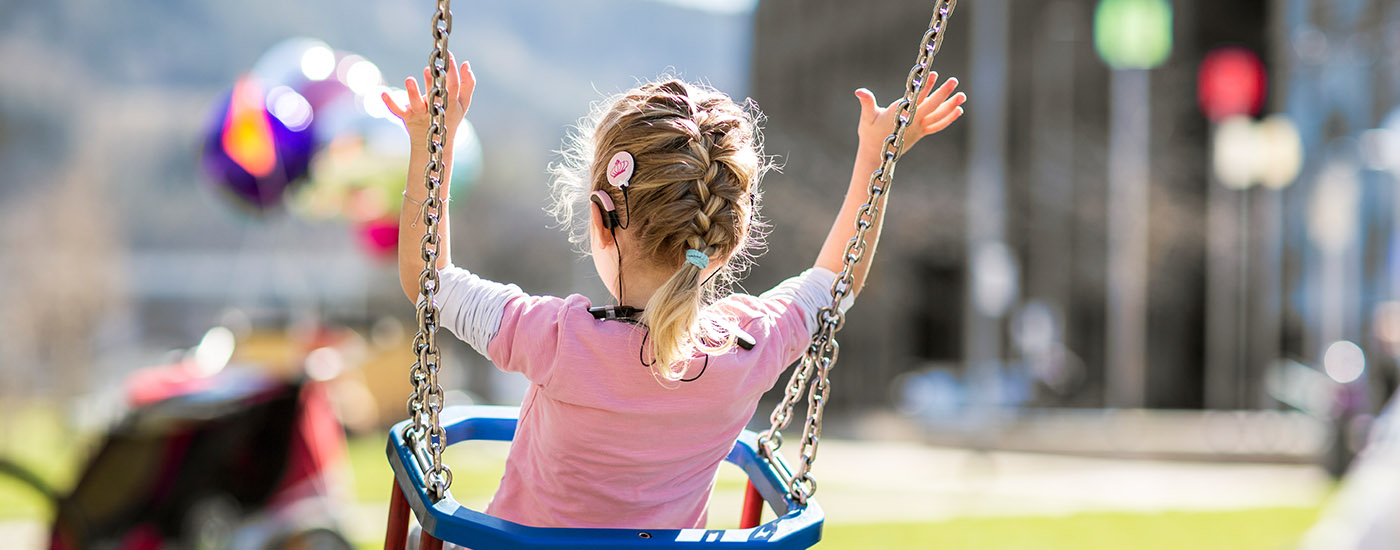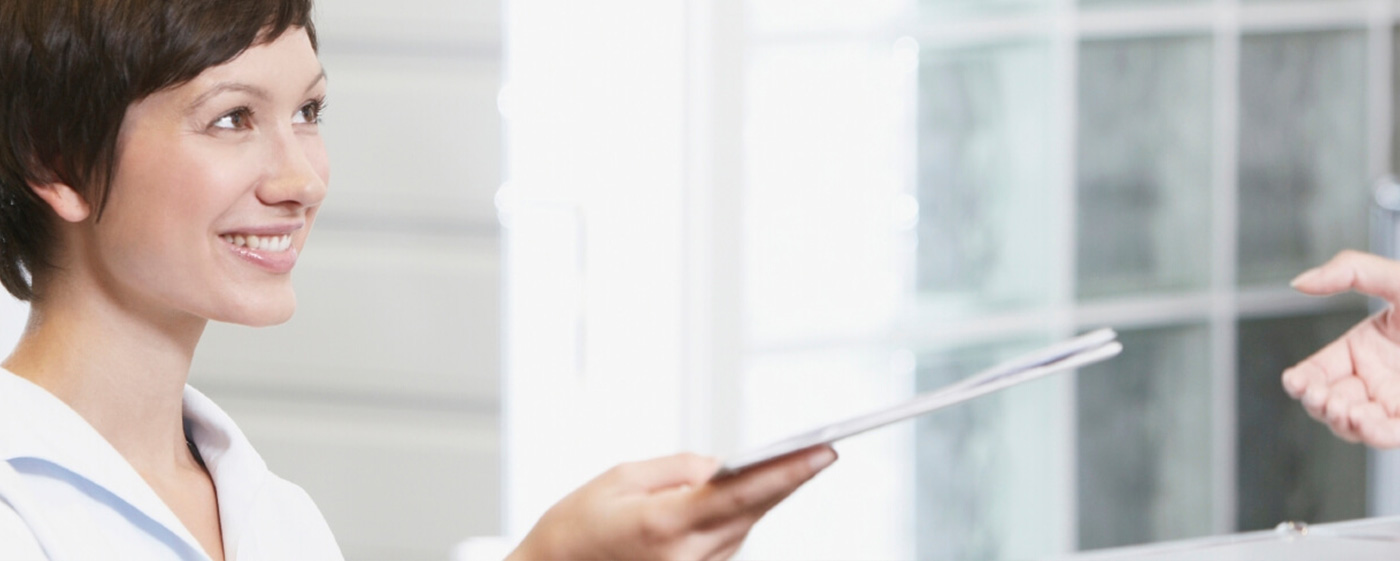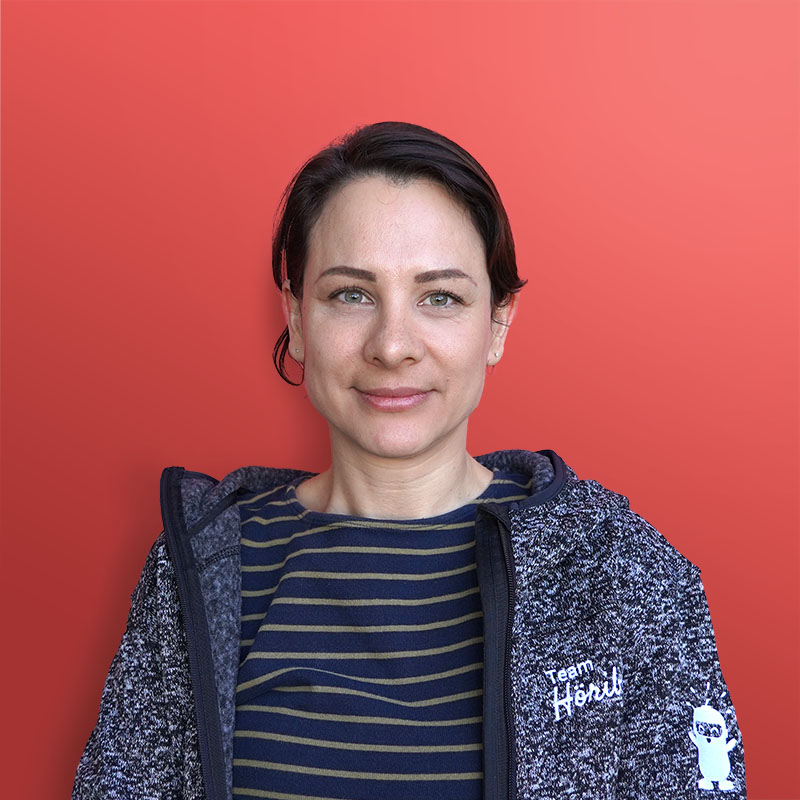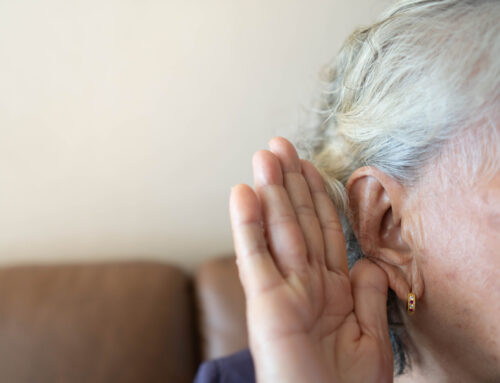Cochlear implant care in babies and small children
When new parents receive a diagnosis of “profound hearing loss” in their child, the shock is often huge. Still, the newborn can receive the right help thanks to cochlear implants.
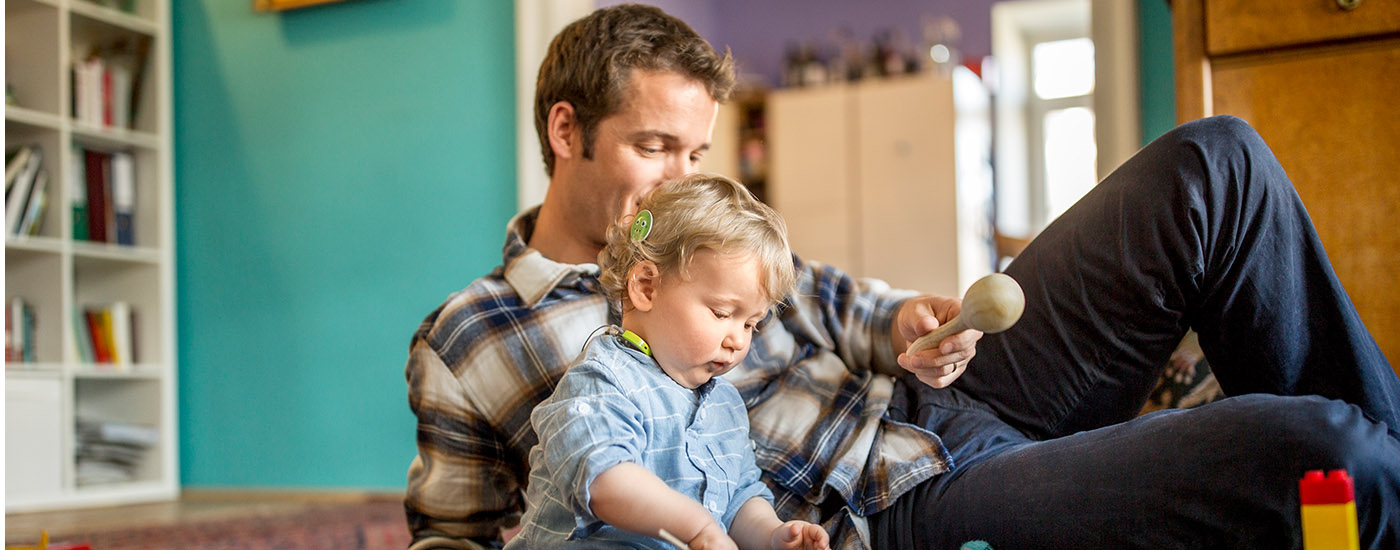
A cochlear implant for babies – an optimal solution
If the so-called newborn hearing screening (NGHS), which is in Austria carried out in the first days of life in the hospital, shows any hearing abnormality, further steps must be taken in an ENT clinic. It is very important to determine the cause and the level of the possible hearing impairment as soon as possible.
If a baby is diagnozed with severe hearing loss or deafness, a cochlear implant on both sides is an optimal solution. In case of an early implantation before the first birthday, the audioverbal development of a child can proceede without any problems.
That means that, if a baby is diagnozed with hearing loss or deafness and implantet early, it has the best chances for a carefree and successful life.
How does a cochlear implant work in babies or your children?
In cases of profound sensorineural hearing loss or deafness, the “hair cells” in the inner ear of a baby or young child are damaged and cannot properly process and transmit sound information. A cochlear implant surpasses the defect hair cells and sends the information signals in a form of coded electrical impulse to the auditory nerve or brain, where these are interpreted as acoustic events. As the brain receives and processes these information within a very short period of time, they are practically perceived at the moment when they occur.
A cochlear implant (CI) consists of two main parts:
- the outer part, the audio processor with transmitting coil
- the inner part, the implant with the electrode arrey
The audio processor picks up the sound information and sends it to the implant via the transmitting coil, which is connected to the implant by a magnet. It is located behind the ear, under the skin and transmits the pulse patterns to the electrode array, which is inserted directly into the cochlea. The auditory nerve receives these electric impulses and transmits them to the auditory center in the brain. The brain perceives these signals as sounds.
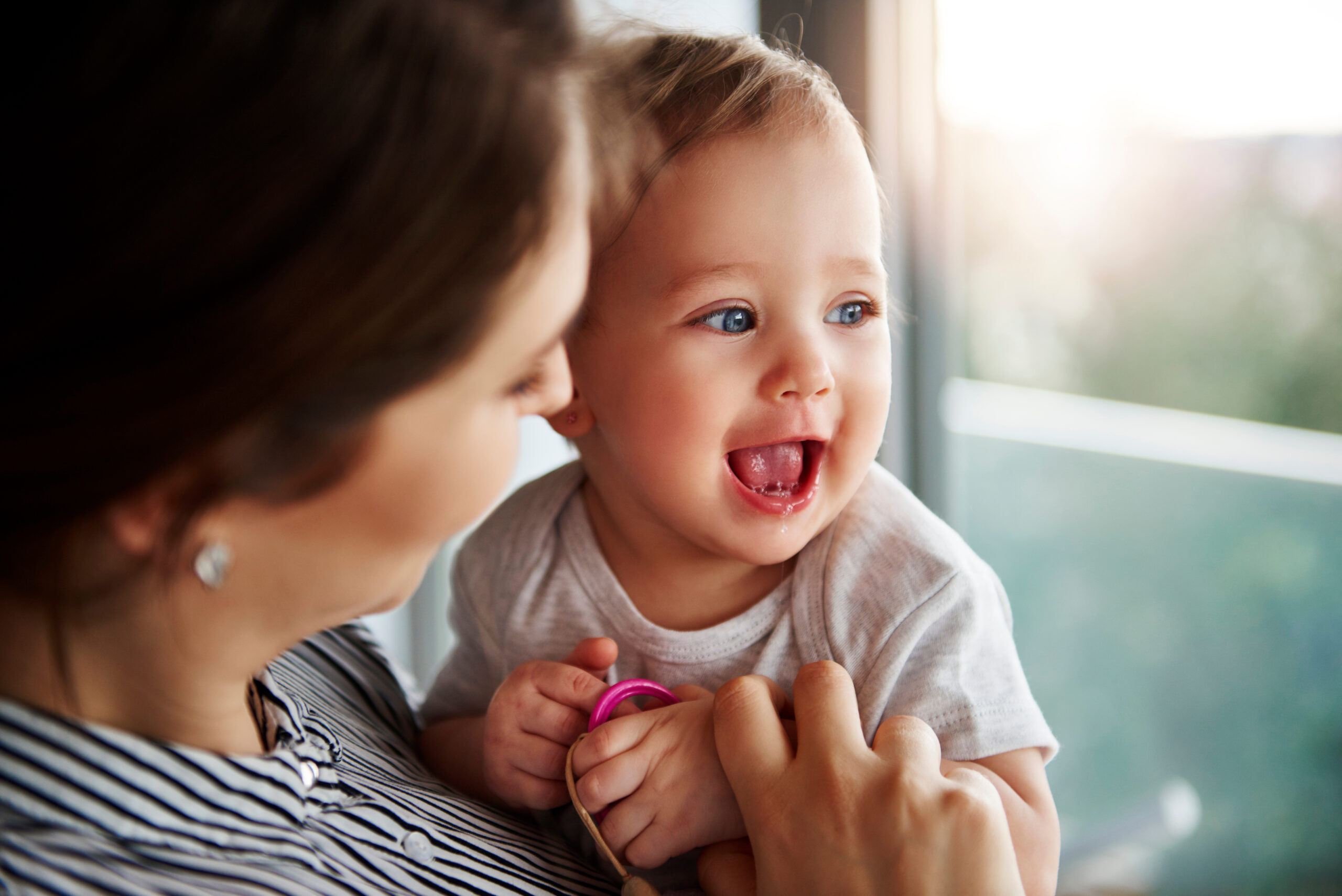
You are reading:
Cochlear implant for babies
Erfahrungen mit Eltern austauschen
You can find parents who are available to answer questions or concerns online, by phone, or even in person right here. They want to share their experience and knowledge with others and may be valuable contacts for you and your family.

